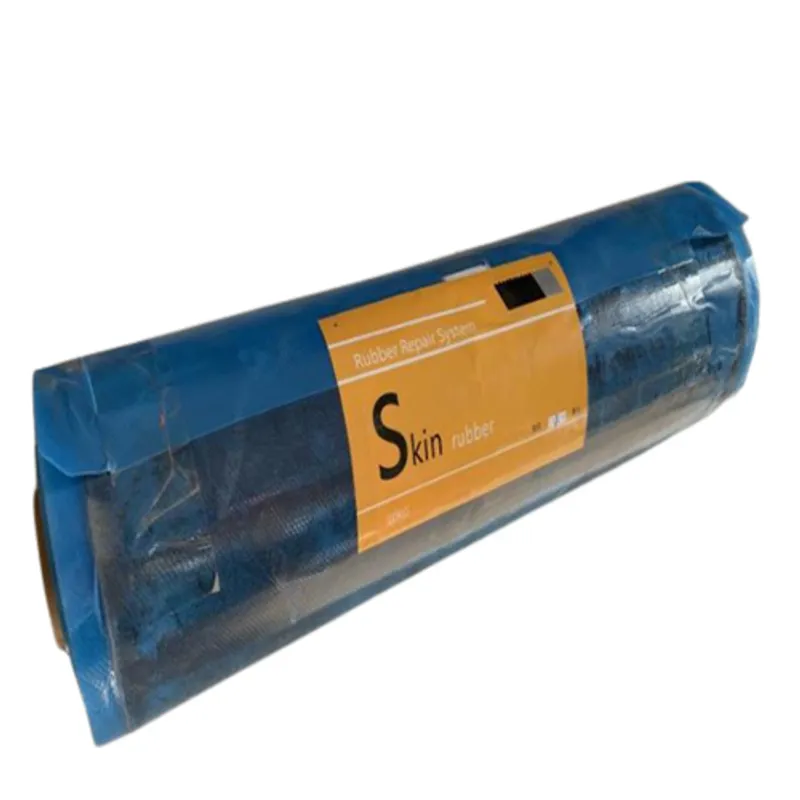Selection criteria
The main basis for selecting the core rubber and surface adhesive for the hot vulcanization splicing of rubber conveyor belts is the material of the belt itself and the form of the joint; the quality of the joint is closely related to the quality of the core rubber and surface adhesive.
Scope of application
It is suitable for the hot vulcanization joint of coal, mining, or port conveyor belts. The hot vulcanization core rubber of rubber conveyor belts can be used in conjunction with various types of conveyor belt rubber materials. Product features: It has strong adhesion, high and low-temperature resistance, aging resistance, wear resistance, oxidation resistance, and other characteristics. It ensures that stress is evenly distributed under high load conditions, without forming stress concentration points, and ensures that heat is evenly dissipated to ensure the service life of the conveyor belt.
Introduction
The density of the uncured core rubber is high, and the product crystallization rate is low, and the viscosity is controlled between 40-55, which can improve the bonding strength of the vulcanized part of the belt, enhance the overall tensile strength of the belt, and prevent the occurrence of steel wire rope core belt steel wire not sticking to the rubber and pulling out phenomenon. The surface adhesive is applied to the joint part of the nylon belt for sealing, which is beneficial to improve the wear resistance of the joint part and the overall integrity of the belt. When the steel wire rope core belt is used, it is laid on the surface of the core rubber to comprehensively improve the wear resistance, corrosion resistance, and impact resistance of the steel wire rope core belt. Splice Rubber conducts tensile strength tests on each batch of uncured core rubber and surface adhesive to effectively ensure the use effect.
On-site joint layering and bonding
- Process the belt in a step-by-step manner, and after processing, use an angle grinder with a tungsten steel grinding disc to grind the step surface in a zigzag pattern.
- Clean and polish the grinding surface, and evenly apply the hot vulcanization adhesive to the grinding part.
- Place the uncured core rubber and surface adhesive of the rubber belt joint on the top of the brushed joint. When laying, try to lay it flat and use a wallpaper knife to cut two lines on the surface adhesive to prevent it from bulging.
- Use a vulcanizer to heat and press the joint surface, (when the temperature reaches 145°C, it needs to be maintained for 3 minutes per millimeter, and for less than 10mm, it needs to be kept at a constant temperature for at least 30 minutes) after reaching the set time, stop heating.
- After the vulcanizer cools down, remove it and use a rubber knife to trim the joint part of the nylon belt. After trimming, the vulcanization is complete.
Note: When performing hot vulcanization joints, the uncured core rubber and surface adhesive should be used in conjunction with the hot vulcanization adhesive.


